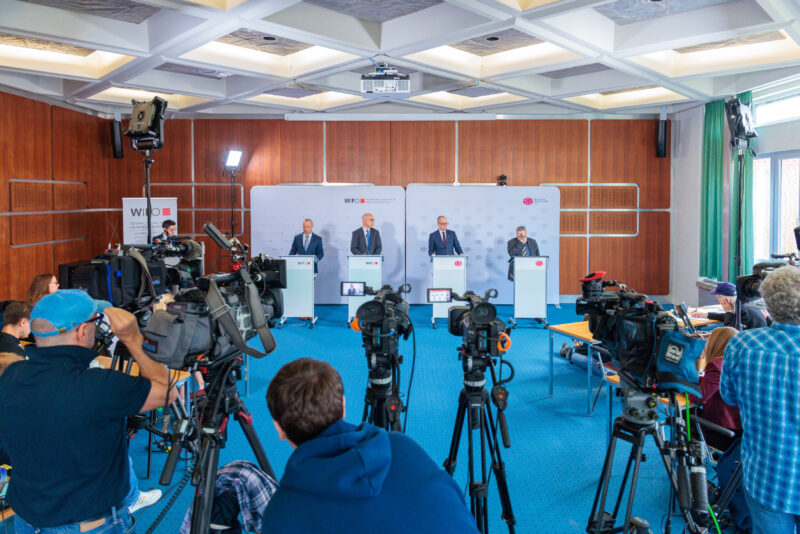
Ambiguous Economic Prospects
The global economy is in a phase of weakness that began last year. At present, however, the economy appears to be stabilising somewhat. Economic assessments have recently improved in some industrialised and emerging countries.
In the USA, GDP grew by 0.5 percent in the third quarter, quarter-on-quarter, unchanged from the previous quarter. Private consumption continues to develop robustly and is supporting the economy. The economic outlook has strengthened somewhat recently, although industry surveys continue to be pessimistic.
In the euro area, too, the economy also expanded unchanged in the third quarter (+0.2 percent compared to the previous quarter). In France, Italy and Spain, growth has so far been stable. However, the economic sentiment varies from country to country. In Germany, the economy is likely to have contracted further slightly in the third quarter. However, the first signs of a gradual end of this development are also becoming apparent there.
In Austria, growth continues to be weak, but has remained stable to date. In the third quarter, the economy expanded by 0.2 percent (trend-cycle data) compared to the previous quarter (second quarter +0.2 percent). Unadjusted, GDP was thus 1.5 percent above the level of the previous year. Growth was driven by exports and private consumption expenditure, which continued to increase. The expansion of gross fixed capital formation lost momentum. The weakness of the economy was particularly reflected in industry, whose value added fell markedly compared with the previous quarter.
The outlook for the Austrian economy recently deteriorated again. According to the WIFO-Konjunkturtest (business cycle survey) of October, the assessments of the current situation by companies deteriorated further. Particularly in the manufacturing sector, the assessments were again much more pessimistic than before. Business expectations, on the other hand, were stable. According to the European Commission, consumer confidence remained largely robust in recent months.
The economic upswing of recent years continues to have an impact on the Austrian labour market. According to preliminary estimates, the number of persons in active dependent employment in October was still significantly higher than in the previous year, and the number of unemployed registered with the Public Employment Service Austria (AMS) fell. Seasonally adjusted, the effects of the slowdown in growth are evident, with the unemployment rate remaining unchanged at 7.4 percent in October.
Inflation fell again in September (to 1.2 percent).
Please contact
























